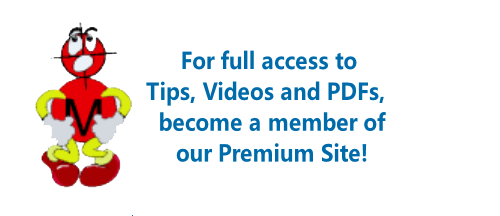Although allowed in the ASME Y14.41 standard for digital models, this approach is still open to interpretation. The tolerance zone is not oriented to the front or back face leaving it open to interpretation.
Toleranced Dimensions that Work per ASME Y14.41-2003 (#199)
(In accordance with Y14.5M-1994 standard)
PDF available for premium site members.
The ASME Y14.41-2003 standard on digital modeling recommends that direct tolerancing only be used to define the size of a feature [3.1.1, item(4)]. Geometric tolerancing is the preferred method. They do allow some direct tolerancing for other than size but in many cases recommend that the dimension origin symbol be used to clarify the meaning. The applications where toleranced dimensions may be used according to ASME Y14.41-2003 are:
- Fillets, Rounds and Chamfers
- Reliefs, Stepped Surfaces
- Countersinks
- Oblique Surfaces
- Entry Depth and Spotface
- Remaining Thickness
- Notches, Flats and Pin Height
Here is an example of an oblique surface defined by directly toleranced dimensions using the origin symbol.

Using a datum reference framework, basic dimensions and profile of a surface to control the location of this surface would be much clearer.Profile tolerancing is illustrated in the second figure. The datum reference frame and tolerance zone are shown in red.
